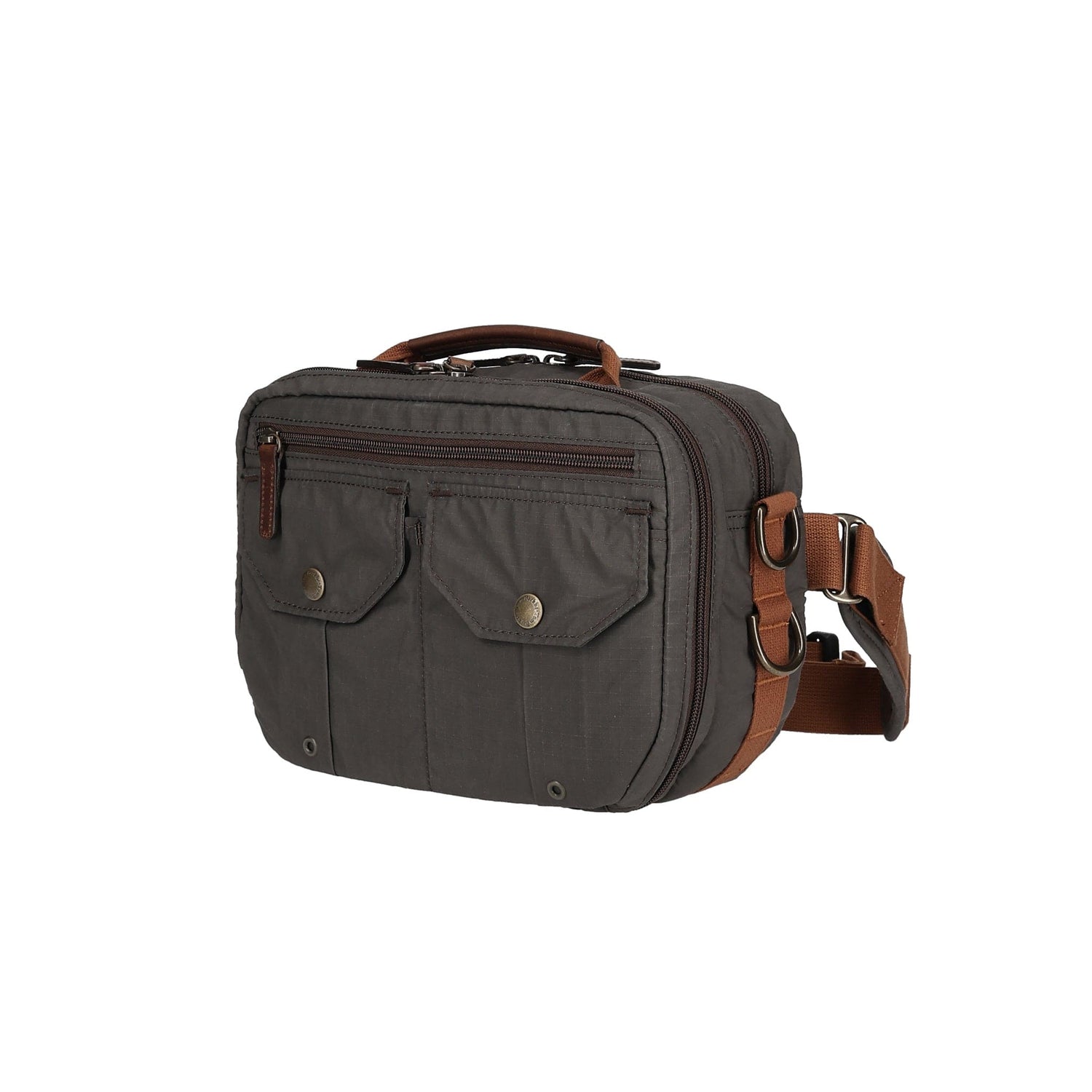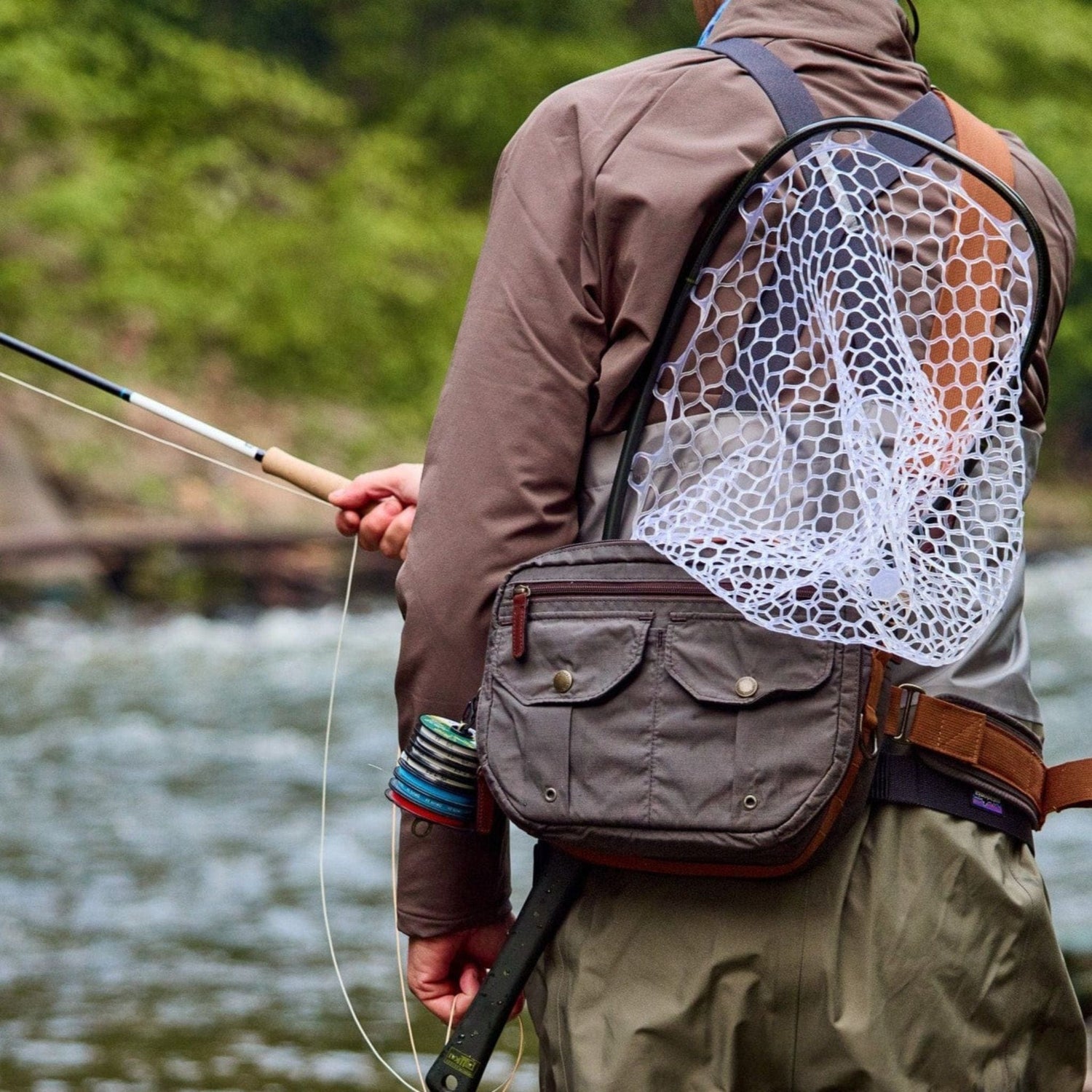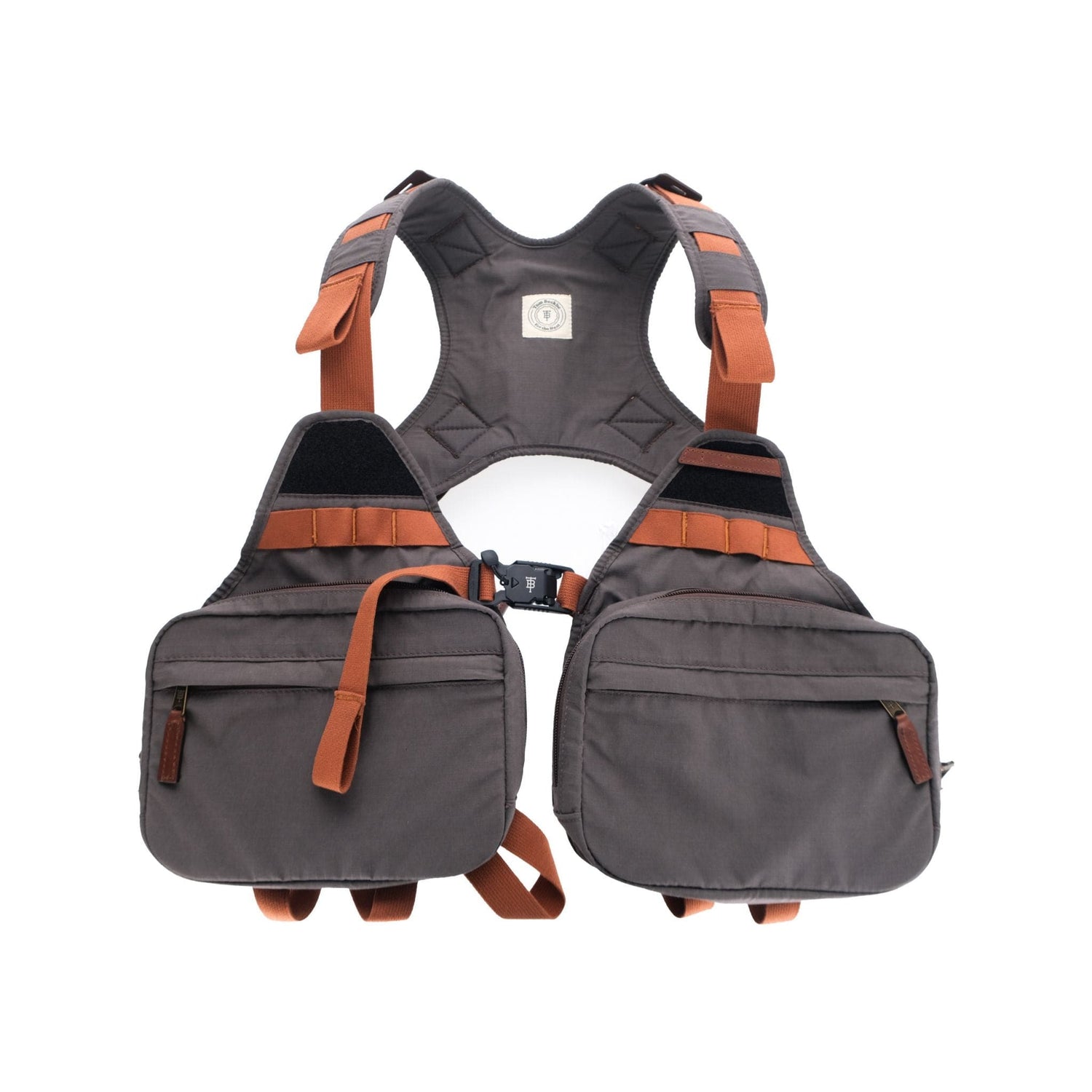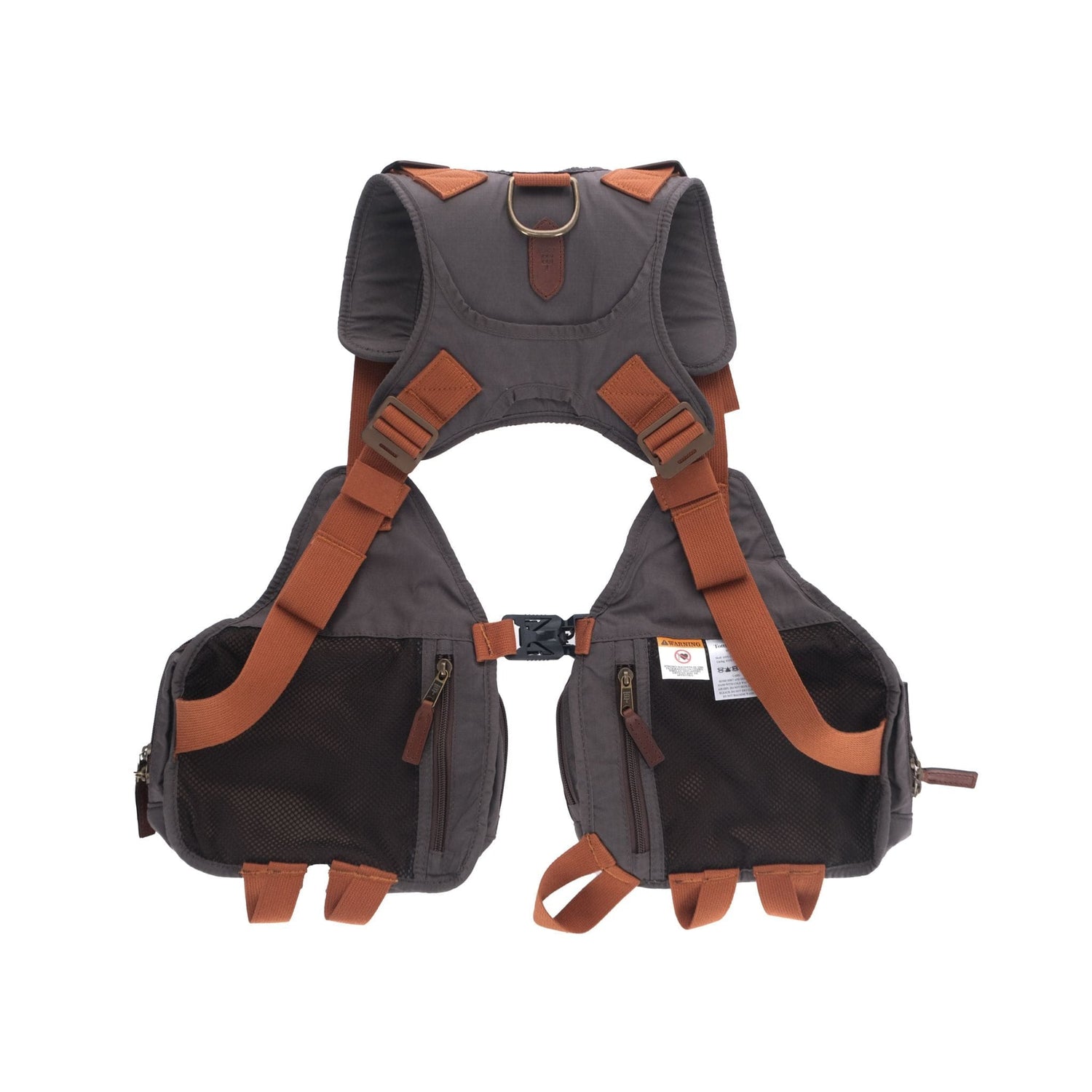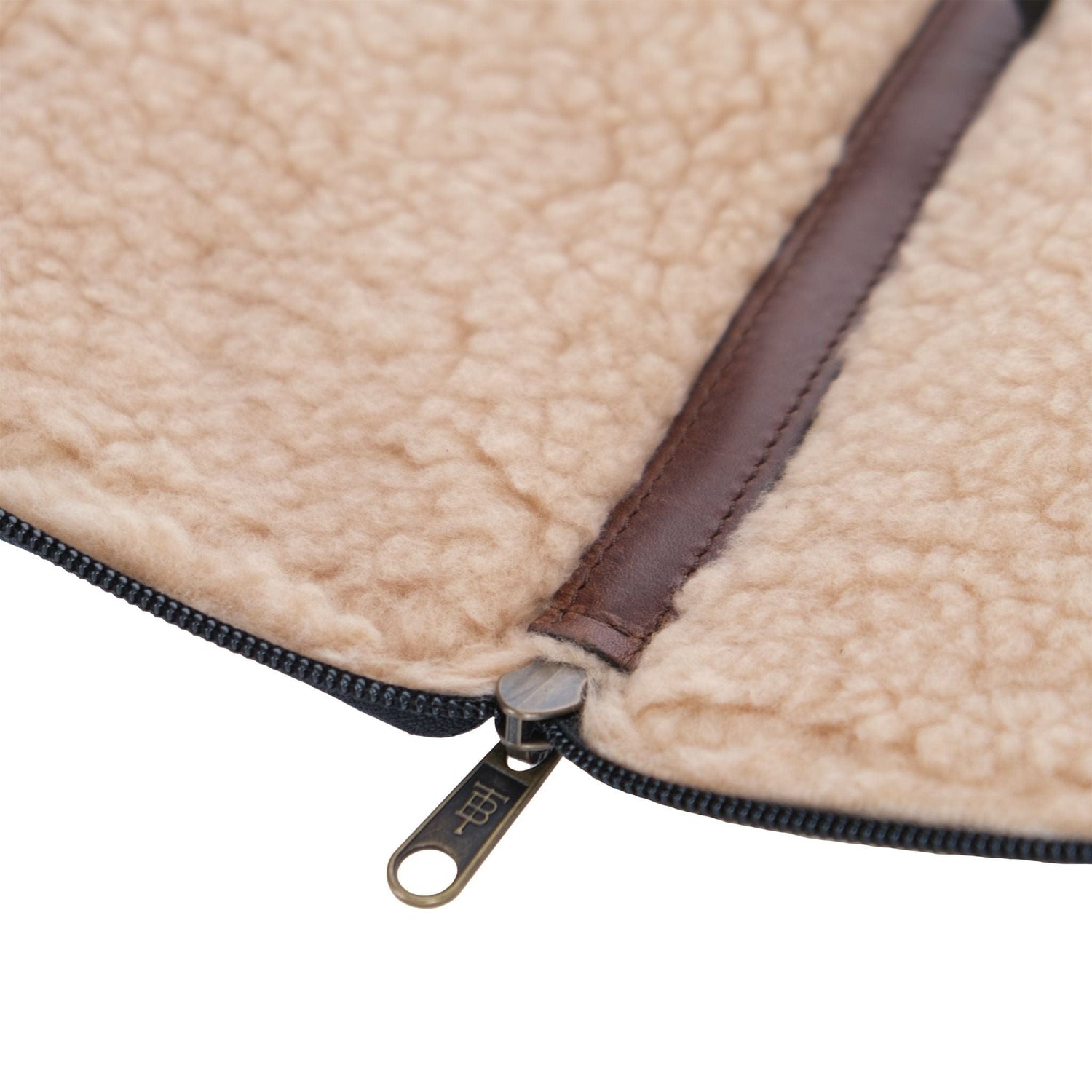Campo Rene sits adjacent to a red-headed heron rookery. The adult birds come and go all day, joined by ibis, and various shorebirds, egrets, pelicans, and terns. Huge tidal swings expose sandbars where fly fishers can wade out and cast Clouser minnow patterns into the dark green water of the channels and cuts where if you can make the throw to the mangroves, you might hook into something you can’t stop. There are grouper, halibut, croakers, spotted bay bass, and corvina. But the prized fish, the one talked about in hushed tones, is the corbina.
A newcomer such as myself is immediately confused by corbina and corvina. The two names sound so much alike that it’s hard to tell when someone shouts in the wind that they have hooked a corbina. Or did he say corvina? They are each sleek fish, longish in the dorsum, broad, powerful tails. They take the same flies. It’s easy to get confused. But corvina travel in packs and are more common. They have vampire teeth and appear to be cousins of the speckled trout I caught as a boy. There are so many of them that catching one, even one over 24-inches, becomes routine. Corbina, a drum-like, streamlined fish which suggests the redfish of Louisiana marshes are fewer, and because you can go a week without landing one, are the prize.
Corbina are shy fish that travel in singles, or the occasional pairs, or five or six if the tide is ripping and they have found an ambush point along some drop-off. They drift in with the incoming tide and ghost along the sandy shelves that define the channels and pools hunting crabs, baitfish, and shellfish. Like flats fishing, anglers try to spot these fish, recognizable by their huge, dark pectoral fins and the way they glide along the bottom. Anglers try to calculate their routes and intercept them with a fly. Corbina snap out of view if your cast is poor.
As the tide swings and the ridges and humps of sandbars begin to emerge, the campsite stirs with activity. Gurgling and pipping, the estuary changes its personality at low tide. High tide seems optimistic. Low tide is brooding and moody. Where hours ago it was chest deep, now the whole system becomes walkable, though gnarled with exposed mangrove roots. Rods are rigged, leaders are replaced. Serious discussions about fly patterns are interrupted by someone pointing out how far the water has dropped in just the last thirty minutes. Fly fishermen like to pick things over. They talk too much about the benefits of a sinking line versus a floating. They discuss strategies. And then they go back to the subject of the flies themselves.
“All colors work,” says Tim Huckaby, the president of the San Diego Fly Fishers, kicking off his flip-flops and slipping into his wading booties. Some anglers go barefooted, but the Californians have seen enough stingrays that many shuffle their feet, or, in my case, send a waterdog out in front to spook the rays. No one I know has ever been stung, but still…
Huckaby and his group have become regular visitors to this remote section of Baja. Every spring, they make the 12-hour journey from San Diego to the Pacific village of Punta Abreojos. Abreojos is the kind of town where the commercial fishermen go to sea every morning no matter the weather. Nearly every telephone pole hosts an osprey nest. There are no bars, and only one restaurant, Juanita’s, which may or may not be open.
The San Diegans have made inroads with members of the local fishing cooperative. When the club arrives, the town changes. Their arrival is noticed in this quiet village: their big rigs and campers, their frequent runs to the tienda for ice, their ball caps and kayaks. For me, it’s camping in the back of my truck with my 85-pound black Lab, Henderson. I like to think I’m flying under the radar, but that may be a bit of a stretch.
The first year I came to the estero I failed to catch a corbina on the fly. The Californians caught them though. Most of them had studied Al Quattrocchi’s The Corbina Diaries, the most comprehensive book about DIY sight casting to this elusive fish. John Ashley, a former surfer who has been fly fishing this part of Baja for over a decade, described the joys of stalking corbina in the shallows.
“It’s hunting,” he said. “They are so spooky you have to be real sneaky to catch one. And the cast has to be right.”





